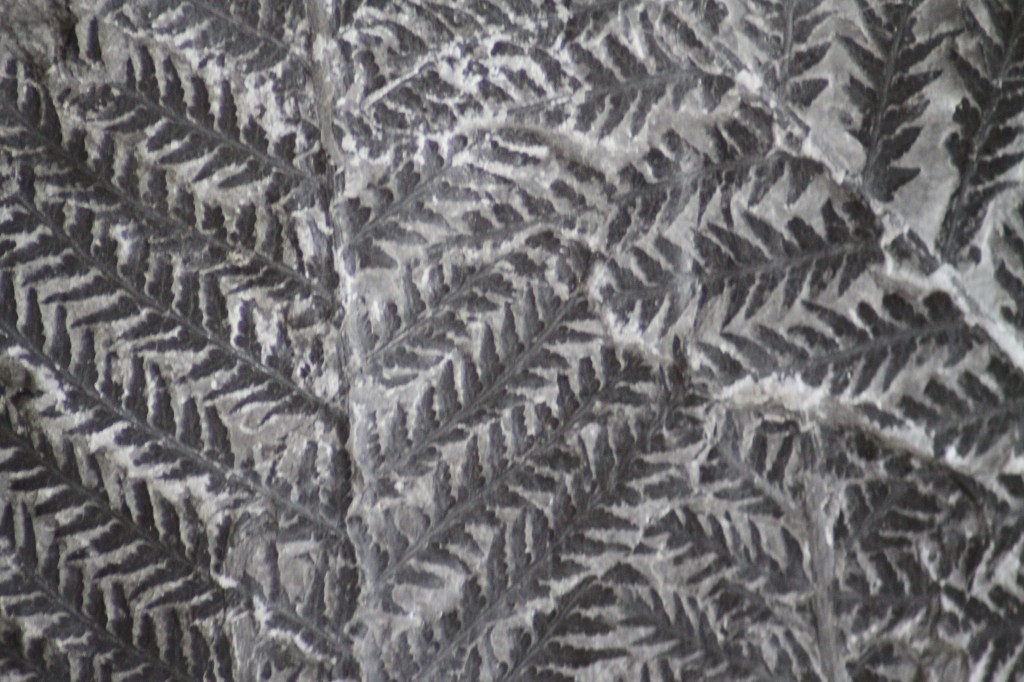Browsing the "Carboniferous" Category
The Carboniferous period is a division of earth’s history spanning from around 359 to 299 million years ago, and during which vast deposits of coal were formed across much of the world. The Early carboniferous enjoyed a warm climate with an atmosphere significantly richer in oxygen and CO2 than at present. In the oceans, corals, echinoderms and bivalves flourished, as did the planktonic single celled foraminifera. Sharks also began to diversify. On land, giant arthropods, such as the dragonfly-like Meganeura which grew over 70cm long, inhabited vast forests. Amphibians became an important part of land-based ecosystems and some also grew to enormous sizes. The earliest reptiles are known from this period. The Late Carboniferous suffered a significant drop in global temperatures and is characterised by glaciations, a global collapse of rainforests and a 100m drop in sea level.

Published on April 13th, 2016 | by David Marshall
Science is a process and so the door to the revision and refinement of hypotheses must always be left open. From the research discussed in our last episode, the newspapers would have you believe that the [&hellip... Read More →
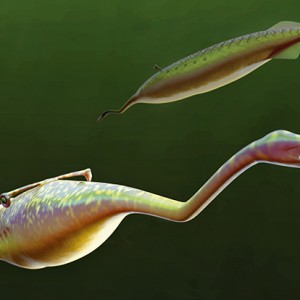
Published on March 18th, 2016 | by David Marshall
Tullimonstrum gregarium, better known as the ‘Tully Monster’ is a problematic fossil from the Late Carboniferous Mazon Creek lagerstätte, Illinois, USA. The identity of this fossil has been the subject of much debate, due to its peculiar [&hellip... Read More →
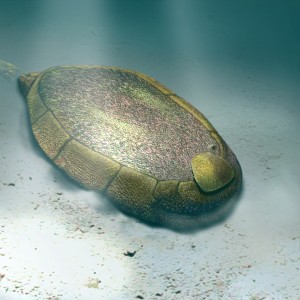
Published on October 29th, 2015 | by Liz Martin-Silverstone
Two new studies lead by University of Bristol palaeontologist Dr. Imran Rahman (Episode 28 – From worms to stars) are helping to explain feeding and the digestive system in some early animals. His work focuses on [&hellip... Read More →
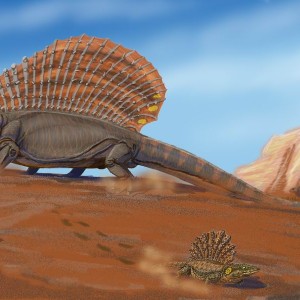
Published on July 31st, 2015 | by David Marshall
Synapsids are one of the major groups of terrestrial vertebrates. They first appear in the Carboniferous period and since that time have gone through many radiation and extinction events. But what did these first stem-mammals look [&hellip... Read More →
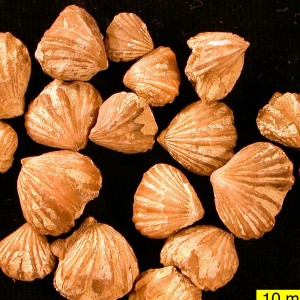
Published on February 1st, 2015 | by David Marshall
Brachiopods are some of the most common fossils to be found in rocks worldwide. Their thick, hard and (often) calcareous shells make them preferentially preserved in the fossil record. We probably all have found one, but [&hellip... Read More →
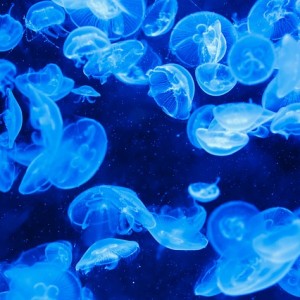
Published on June 1st, 2014 | by David Marshall
One of the longest-ranging and outwardly primitive-looking groups of animals on the planet are the Medusozoa. In consisting of around 95% water, it may be surprising to know that there is a fossil record of jellyfish, [&hellip... Read More →
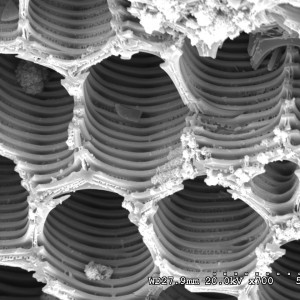
Published on October 15th, 2013 | by David Marshall
Most people would consider fire to be an entirely destructive process, however given the right circumstances organic materials can be exquisitely preserved by charcoalification. We no doubt all know charcoal from the BBQ, but how many of [&hellip... Read More →
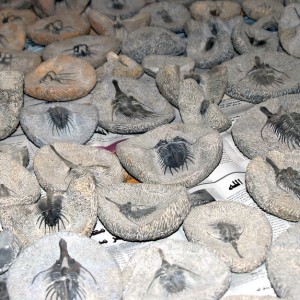
Published on July 1st, 2013 | by David Marshall
Trilobites are one of the most instantly recognisable groups of fossils. They were present from the very start of the Paleozoic and went on the fill a great number of ecological roles before going extinct at the Permo-Triassic [&hellip... Read More →
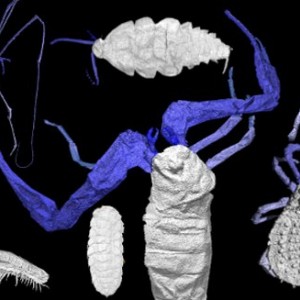
Published on January 15th, 2013 | by David Marshall
The first animals came onto land sometime before 425 Ma. These early colonizers were members of a group called the arthropods – probably early relatives of the millipedes first, followed shortly by arachnids, and then insects [&hellip... Read More →





















